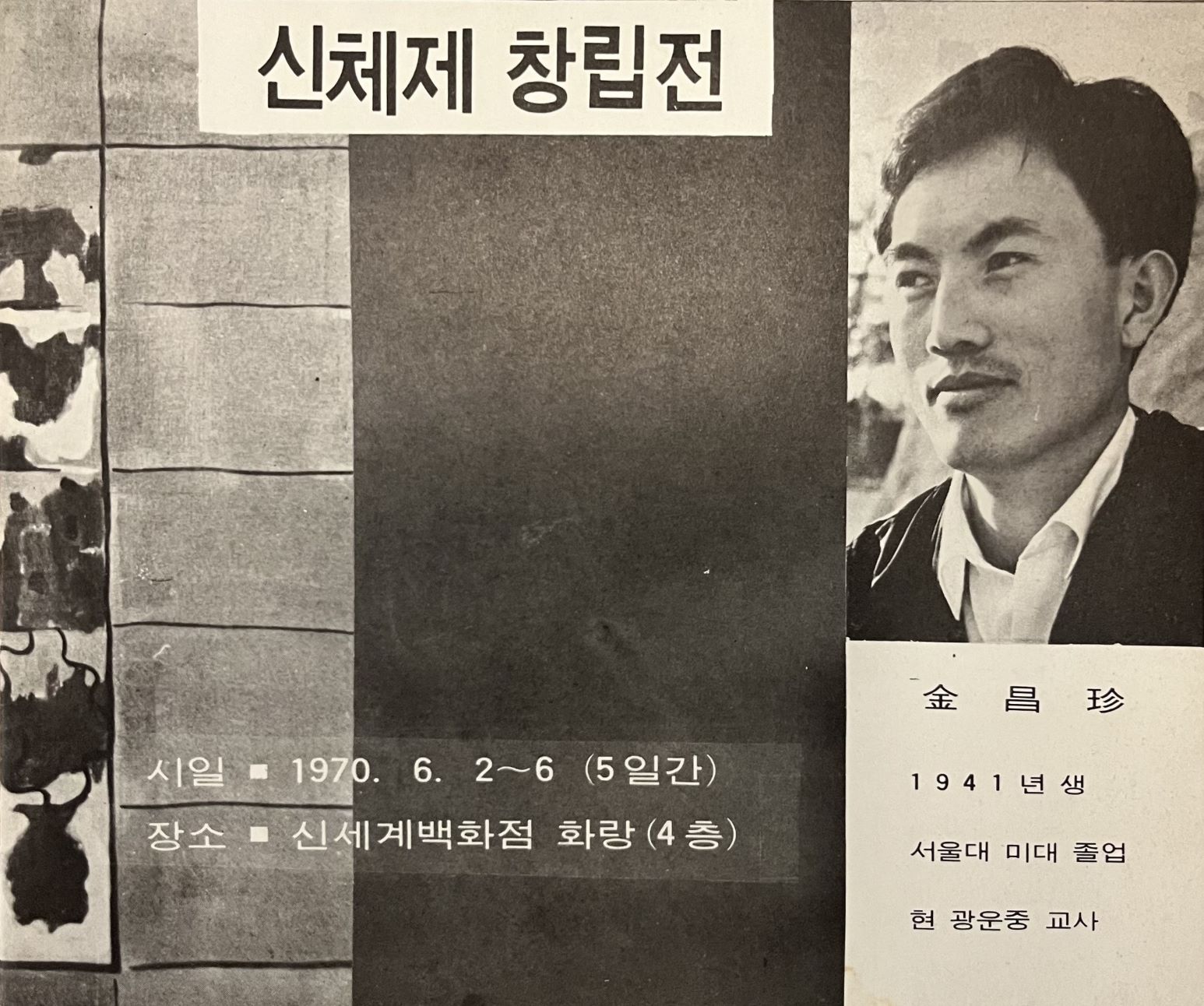
First Sincheje Exhibition, Brochure, 1970, MMCA Art Research Center Collection
Sincheje
* Source: Multilingual Glossary of Korean Art by Korea Arts Management Service
Related
-

Esprit
An organization formed in 1972 by five alumni and four students of sculpture at the Hongik University Department of Western Art. The organization advocated the production of avant-garde art. In the preface to the inaugural exhibition, the group stated that the “acceptance of the given universe as is, has become a meaningless act.” The group also stated that it had created a joint space for activity, in recognition of the fact that nothing exists to support life without open creative work toward a new world. In 1972, the group held its inaugural exhibition at the Korean Information Service Gallery.
-
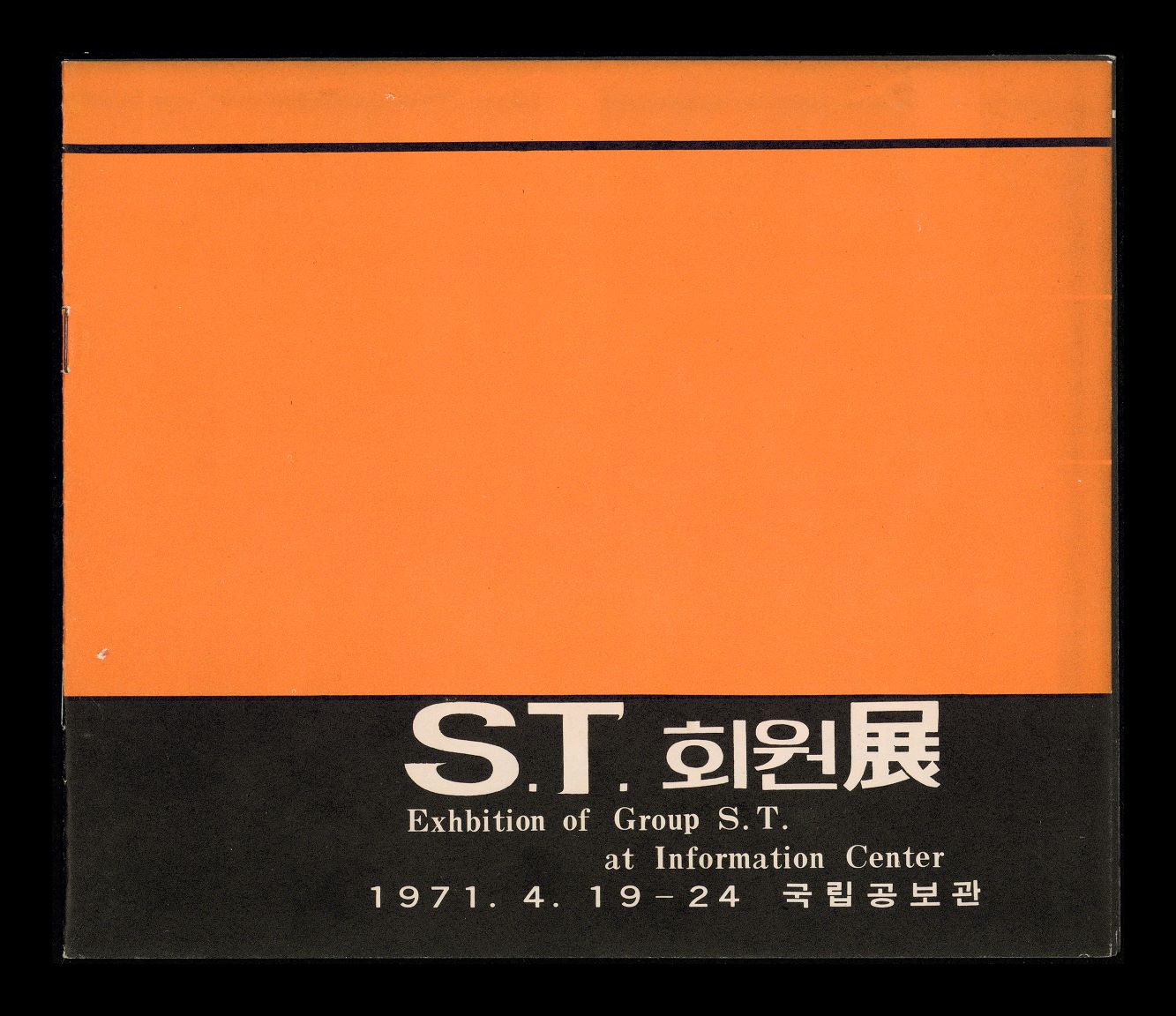
Space and Time Group (ST)
An avant-garde art group that produced three-dimensional work and event. The group was active from 1971 to 1981. The name ST is an acronym for 'Space and Time.' The group not only held exhibitions, it also held research and discussion seminars on texts concerning conceptual art as well as peer critiques.
-
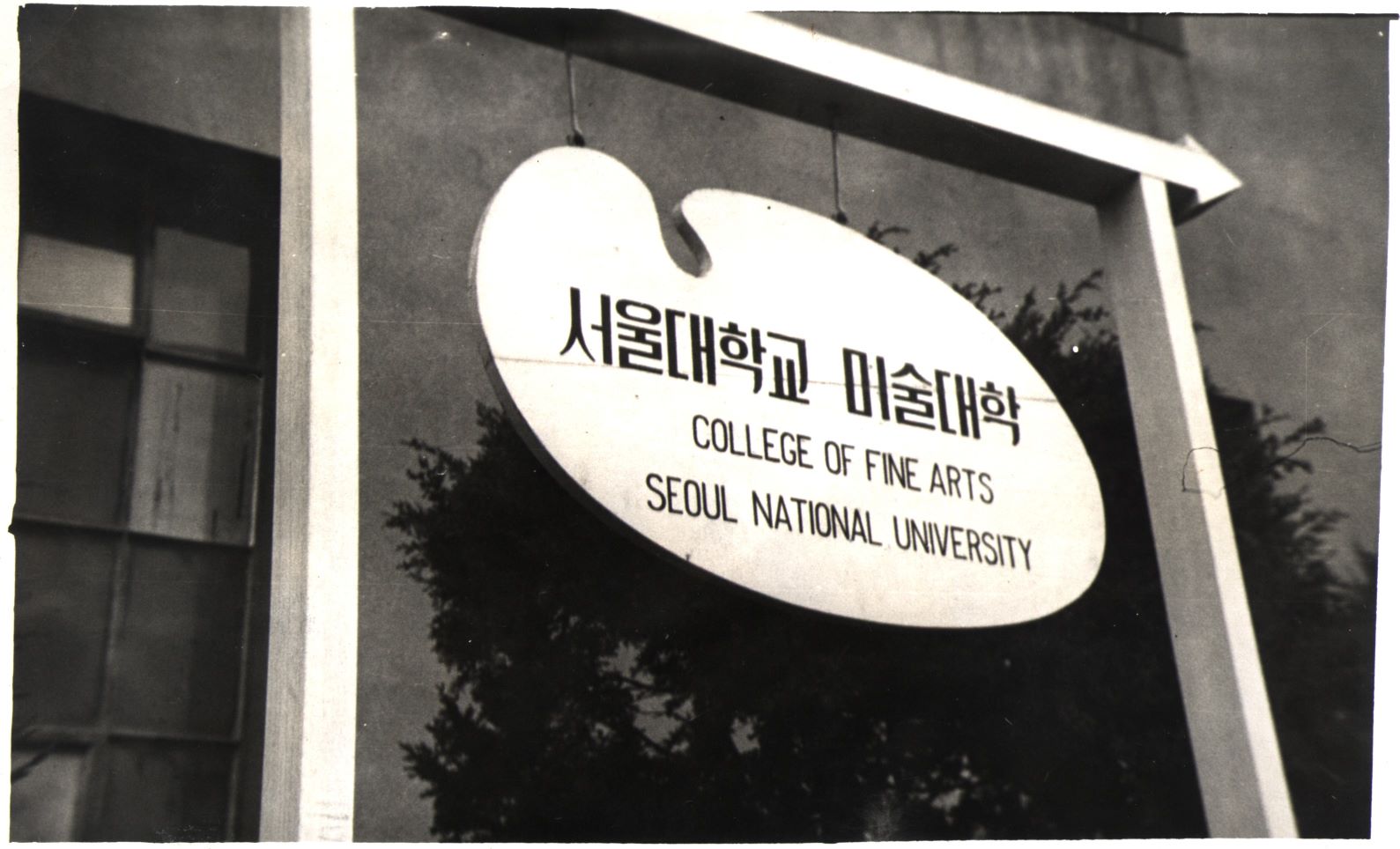
College of Arts at Seoul National University
The College of Fine Arts of Seoul National University is located in Sillim-dong, Gwanak-gu, Seoul. According to the Decree on the Establishment of Seoul National University, the College of Art including the Department of Fine Arts and the Department of Music was founded in August 1946 at Seoul National University. The Department of Fine Arts consisted of sub-departments of Painting I, Painting II, Sculpture, and Design. It was organized by Chang Louis Pal and Lee Soonsuk. Chang Louis Pal had served as head of the Education and Management Bureau in the U.S. Army Military Government in Korea (USAMGIK) in Korea since December 1945. Lee Soonsuk assumed practical tasks as an advisor to the art section of the USAMGIK from 1946 when the Education and Management Bureau was changed to the Ministry of Culture and Education. In 1946, there were nine faculty members at the Department of Fine Arts in the College of Art: Chang Louis Pal, Kim Yongjun, Gil Jinseop, and Lee Jaehun as professors; Yun Seung-uk and Lee Soonsuk as associate professors; and Kim Whanki, Chang Woosoung, and Lee Byeonghyeon as assistant professors. However, after the incident of Korean students and professors’ protest against the U.S.’s attempt to merge several colleges and universities into a single university, Kim Yongjun, Gil Jinseop, and Kim Whanki resigned. In 1954, the College of Art was reorganized into the College of Fine Arts with three departments of painting, sculpture, and applied art. The Department of Aesthetics, which had temporarily belonged to the College of Fine Arts since 1948, was transferred to the College of Liberal Arts and Sciences in 1960. In 1963, according to the relocation plan of the Seoul National University main school building, the College of Fine Arts was moved to the former veterinary department building in Yeongeon-dong, Jongno-gu. In 1972, it was moved to the liberal arts department building in Hagye-dong, Seongbuk-gu, and then in 1976, to the current Gwanak campus. In 1981, the three departments of painting, sculpture, and applied art were reorganized into the five departments of Eastern painting, Western painting, sculpture, crafts, and industrial art. In 1989, the Department of Industrial Art was renamed the Department of Industrial Design, and in 1999, the Department of Crafts and the Department of Industrial Design were merged into the School of Design. Currently, the College of Fine Arts consists of the Department of Oriental Painting, Department of Painting, Department of Sculpture, Department of Craft, Department of Design, and Interdisciplinary Programs.
Find More
-
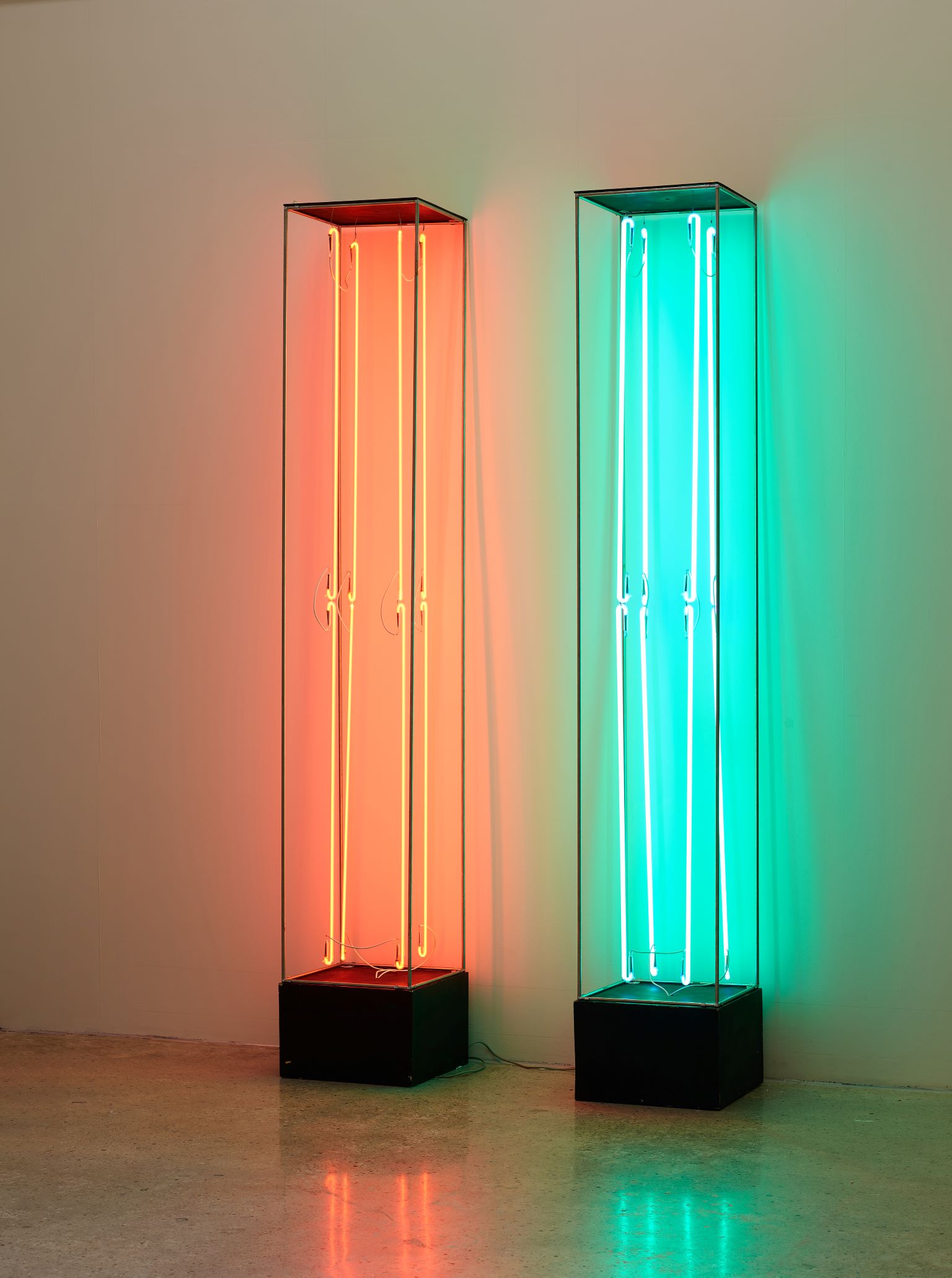
Experimental art
A genre of Korean art characterized by non-two-dimensional work such as sculpture, environmental installation and performance that emerged in the late 1960s and continued over the course of the 1970s. Art historian Kim Mikyung has analyzed the movement in the context of the political and social phenomena of the time and first coined the term experimental art to describe such work.
-
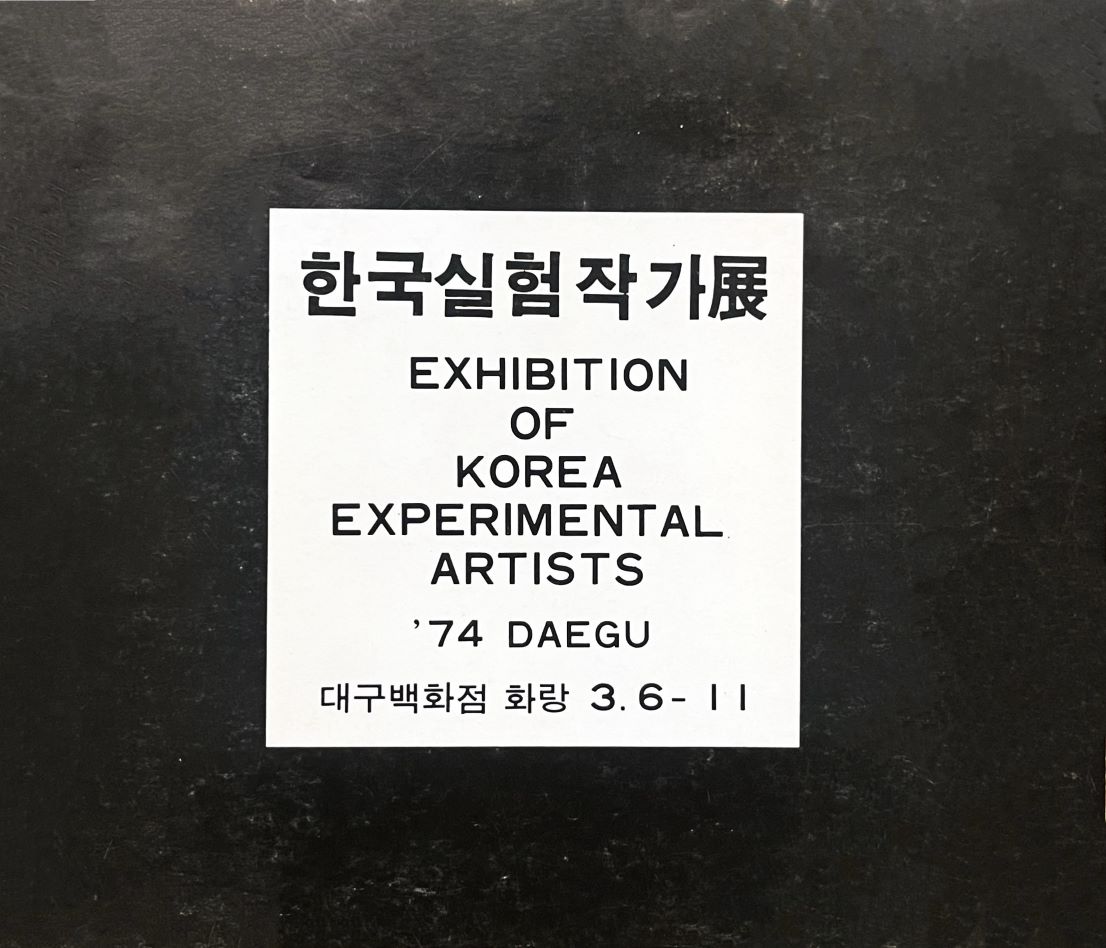
Korean Experimental Artists Exhibition
The Korean Experimental Artists Exhibition was an exhibition on experimental art held by artists from Daegu, including Lee Kangso, Lee Hyangmi, Park Hyunki, and Hwang Hyunwook, from March 6 through June 11, 1974 at the Daegu Department Store Gallery. After forming a collective called Sincheje with his colleagues from the Department of Painting in the College of Fine Arts at Seoul National University in 1969, Lee Kangso joined the Korean Avant Garde Association (AG) in 1971. In 1973, Lee moved to his hometown Daegu and organized the Invitational Exhibition of Contemporary Artists at the Daegu Department Store Gallery. In March 1974, twelve artists, including Lee Kangso and his fellow local artists, held the Korean Experimental Artists Exhibition, which was followed by the first Daegu Contemporary Art Festival, the first large-scale regional exhibition on experimental art in South Korea, held in October. In February 1975, they formed the group 35/128 (meaning the longitude and latitude of Daegu) as a parent organization to continuously host the Daegu Contemporary Art Festival and held its inaugural exhibition. The Daegu Contemporary Art Festival, which was held five times until 1979, influenced the subsequent emergence of regional avant-garde art festivals like the Busan Contemporary Art Festival, the Gwangju Contemporary Art Festival, and the Jeonbuk Contemporary Art Festival. According to Lee Kangso’s recollection, avant-garde artists of Daegu at the time set their priority to “helping each other understand art and identify with cooperating so that the art form of world communication could be materialized in a short time.”






